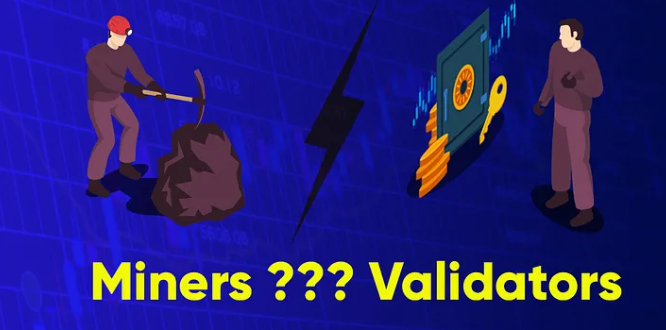
The Evolution of Ethereum’s Consensus
Ethereum completed “The Merge” in September 2022, transitioning from Proof of Work (PoW) to Proof of Stake (PoS)—one of the biggest upgrades in blockchain history.
Key Milestones:
✅ 2015: Launched with PoW (like Bitcoin)
✅ 2020: Beacon Chain (PoS testnet) went live
✅ 2022: Full transition to PoS (“The Merge”)
✅ 2023+: Scalability upgrades (sharding, Danksharding)
How Ethereum’s PoS Works: Step-by-Step
1. Validators Replace Miners
- 32 ETH required to become a validator (Staking Launchpad)
- No mining hardware needed (just software)
- Energy efficiency: 99.95% less power than PoW

2. The Validation Process
- Block proposal: Randomly selected every 12 seconds
- Attestations: Other validators verify the block
- Finality: After 2 epochs (~13 minutes)
# Simplified validator selection logic
def get_block_proposer(validators):
return random.choice(validators)3. Rewards & Penalties
| Action | Reward/Penalty |
|---|---|
| Proposing a valid block | ~0.025-0.1 ETH |
| Correct attestations | Small rewards |
| Downtime | Minor penalties |
| Malicious acts | Slashed (lose up to 32 ETH) |
Technical Deep Dive: The Beacon Chain
1. Key Components
- Slots: 12-second intervals for block proposals
- Epochs: 32 slots (6.4 minutes)
- Committees: Groups of validators per slot
2. Fork Choice Rule (“LMD GHOST”)
- Ensures the chain follows the heaviest attested path
- Prevents chain splits (forks)
Why PoS? Benefits Over PoW
| Feature | PoS | PoW |
|---|---|---|
| Energy Use | Low | Very High |
| Hardware | Consumer laptops | ASIC miners |
| Decentralization | 1,000s of validators | Mining pools dominate |
| Security | Slashing deters attacks | 51% hash power risk |

(Technical differences | Source: Medium)
For Developers: Building on PoS Ethereum
1. Monitoring Validators
// Check validator status with ethers.js
const status = await provider.send('eth_getValidatorStatus', [validatorAddress]);2. Gas Fee Changes
- Base fee: Burned (EIP-1559)
- Priority fee: Goes to proposer
- Track live: Etherscan Gas Tracker
Future Upgrades
- Single Slot Finality (SSF): Instant confirmations
- Proposer-Builder Separation (PBS): Better MEV handling
- Danksharding: Scalability boost
Key Takeaways
✔ PoS is 100x more efficient than PoW
✔ 32 ETH needed to validate (or use pools like Lido)
✔ Finality takes ~13 minutes
✔ Slashing deters bad actors
Next Steps:






















